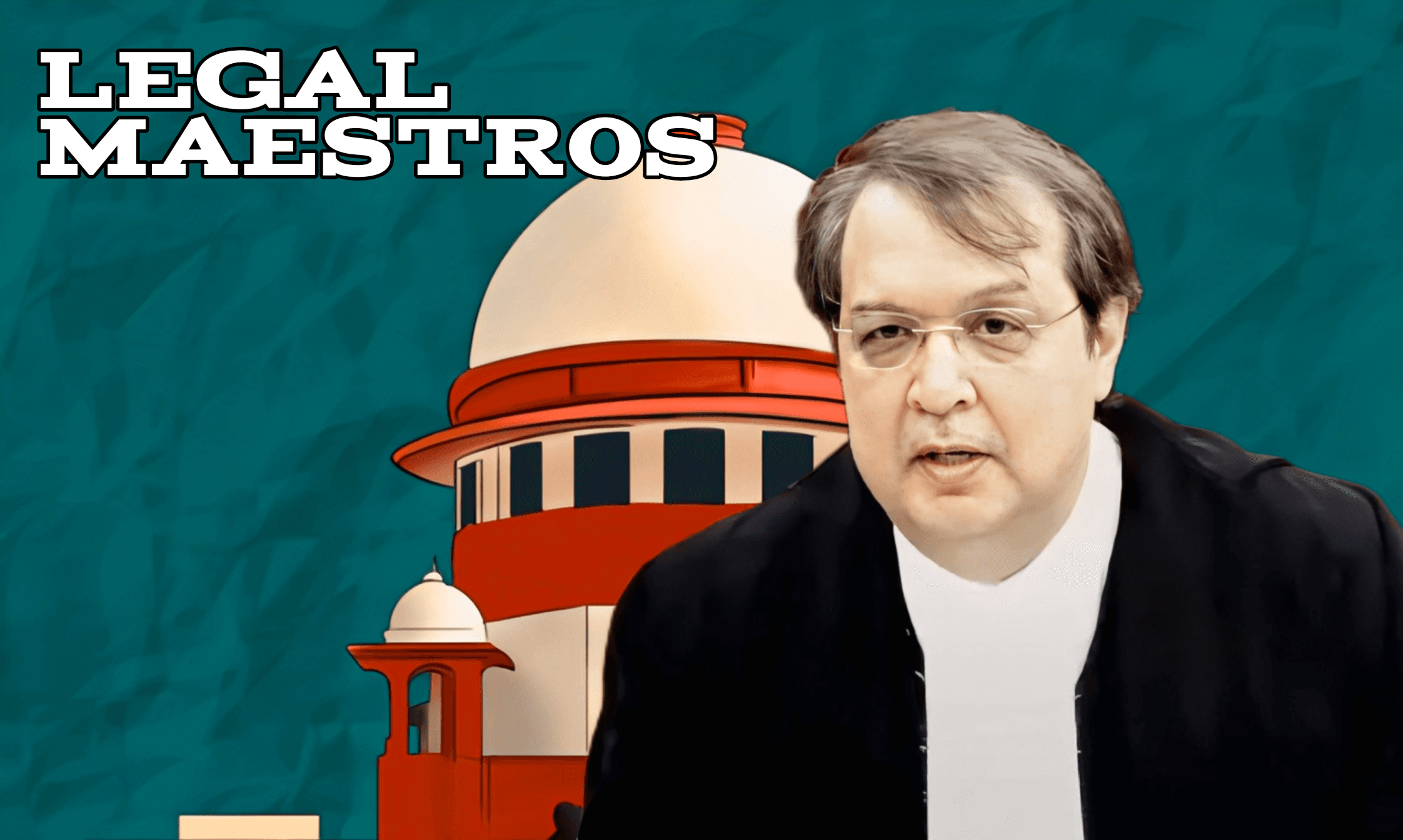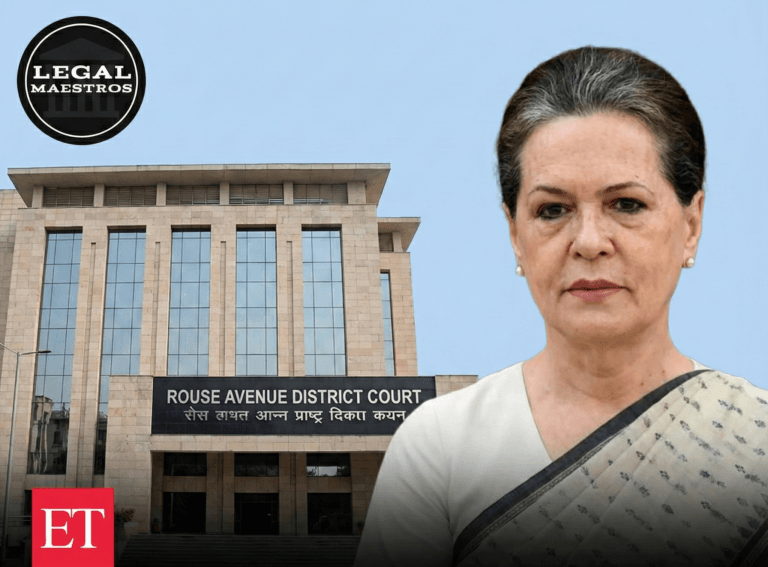
In the matter of Old Jalukai Village Council v. Kakiho Village & Ors. (Civil Appeal of 2025), the Supreme Court of India issued a verdict that addressed a disagreement regarding the recognition of a village in the state of Nagaland.
This particular case provides a wealth of information regarding the intersection of constitutional safeguards under Article 371A, customary tribal customs, and the administrative responsibilities of the state government.
It sheds light on the ways in which traditional norms can have an impact on contemporary administrative decisions, which is especially important in a sensitive region such as Nagaland, where land and identity are intricately blended together.
For any queries or to publish an article or post or advertisement on our platform, do call at +91 6377460764 or email us at contact@legalmaestros.com.
Context and a Brief Synopsis of the Facts
During the process of seeking formal recognition from the State of Nagaland, the Kakiho Village, which is associated with the Sumi tribe, emerged as the source of the issue. The Old Jalukai Village Council, which is a member of the Zeliangrong tribe and is the appellant, raised an objection on the grounds that the property on which Kakiho Village had been created was ancestrally theirs.
Under the provisions of the Office Memoranda (O.M.) issued by the State Government, they asserted that the establishment of the new village without their approval was a violation of both the customary practices and the provisions for the new village.
A new village could only be recognized if certain conditions were satisfied, the most important of which was the requirement of a “No Objection Certificate” (NOC) from the parent village in the event that the new village was located on ancestral territory, as stated in the official notice of March 22, 1996.
Instead of obtaining NOCs from Old Jalukai, Kakiho Village was able to receive them from the communities bordering it. An invitation to object to the proposed recognition was included in a public notice that was published in accordance with a subsequent O.M. dated October 1, 2005. The timely objection that Old Jalukai submitted, in which it asserted historical ownership and cited customary traditions, was allegedly ignored by the government administration.
The decision of the High Court to proceed with recognition was affirmed in an appeal, which prompted Old Jalukai to approach the Supreme Court. The High Court had urged the state to proceed with recognition.
For More Updates & Regular Notes Join Our Whats App Group (https://chat.whatsapp.com/DkucckgAEJbCtXwXr2yIt0) and Telegram Group ( https://t.me/legalmaestroeducators )
Legal Provisions That Are Employed
In this particular case, both constitutional and customary norms were taken into consideration when interpreting administrative instructions. Consideration was given to the following major provisions:
It is stated under provision 371A of the Constitution of India that Nagaland is granted special autonomy. This provision states that legislation that pertain to the religious or social practices of the Nagas, Naga customary law, and ownership or transfer of land shall not apply to Nagaland unless they are approved by the Legislative Assembly of Nagaland.
Nagaland Village and Area Councils Act, 1978: Section 3 of the Act lays out the conditions that must be met for a settlement to be recognized as a village. These conditions include both the legitimate ownership of land and the adherence to customary practices that are associated with the founding of villages.
Memoranda of the Office (O.M.s) must be dated 1996 and 2005: These publications from the government provide a comprehensive overview of the administrative processes and requirements that must be met before new villages can be recognized.
Among the typical processes that they codify are the acquisition of NOCs, the performance of joint surveys, and the consultation of the general public.
The Supreme Court’s Main Concerns and Obligations
Two key concerns were the principal emphasis of the Supreme Court:
On whether or not the respondent village, which is known as Kakiho, had satisfied all of the statutory and customary prerequisites for recognition, particularly taking into consideration the objection that was expressed by the appellant.
The question of whether or not the existence of an unresolved border dispute between districts could be a justification for the refusal to provide formal registration.
Evaluation of the Court’s Line of Thinking
With regard to the first matter, the Court conducted a thorough examination of the procedural requirements that were stipulated by the O.M.s. It came to the conclusion that the need of obtaining a NOC from the parent village was not completely satisfied.
The protest raised by Old Jalukai was not satisfactorily handled by the state authorities, despite the fact that Kakiho Village had secured NOCs from the villages that were located nearby.
In order to ensure that all parties involved, particularly those who have historical or customary claims, are given the opportunity to be heard, the Court highlighted that the issuance of a public notice is not merely a formality but rather a substantial step.
A comprehensive examination of land ownership claims, social practices, and the possibility for future conflict is required in order to recognize a village, according to the Court’s ruling.
This is because the registration of a village entails more than just administrative formalities. The fact that the State did not conduct any kind of meaningful evaluation of the objections that were expressed by Old Jalukai was indicative of a step in the wrong direction.
Regarding the second matter, the Court acknowledged the existence of a boundary dispute between the districts of Chumoukedima and Peren that has not been resolved.
The State’s argument that acknowledging villages in contested areas could potentially lead to instability was accepted by the court. In addition, the Ezong Committee, which was assigned with the responsibility of demarcating the boundaries, had suggested that no new village recognition be confirmed until the border concerns were resolved.
The Court, on the other hand, made it clear that the mere existence of a border dispute should not forever delay recognition provided all administrative and customary procedures are properly followed and objections are handled on the basis of their validity.
Because of this, the delay was not justifiable unless the state had produced a decision that was both explicit and reasoned based on the arguments that were taken into consideration.
Striking a Balance Between Constitutional and Civil Rights
An aspect of the judgment that is particularly notable is the discussion that the Court had regarding the equilibrium that exists between basic rights and customary law.
While the respondents maintained that this particular rule cannot override fundamental rights such as the right to equality (Article 14), freedom (Article 19), and the right to life (Article 21), the appellant argued that customary practices should take precedence, and they relied on Article 371A to support their position.
As a result of the Court’s decision, customary rules are safeguarded by Article 371A, but this protection does not come at the expense of constitutional safeguards.
It was highlighted that although customary practices are significant, they cannot be utilized as a means to deny fundamental rights, particularly when they have an impact on access to vital amenities and government welfare programs.
The Final Thoughts and Suggestions
The ruling of the High Court was overturned by the Supreme Court, which also reached the conclusion that the State is required to reconsider the complaints that were brought up by the Old Jalukai Village Council.
It issued a directive to the State Government, requesting that they determine whether or not the permission of the appellant was a necessary prerequisite for the recognition of Kakiho Village.
In the event that it was, the community that responded is obligated to commence conversations and look for a solution that is mutually acceptable. If this is not the case, the objection may be overlooked, and the recognition process may continue.
In addition, the Court recommended the State to address the inter-district boundary dispute as quickly as possible and promoted conversation through tribal councils and elders in accordance with Section 26 of the Nagaland Village and Tribal Councils Act, which was published in 1978.
Concluding Remarks
The significance of this ruling lies in the fact that it establishes a precedent for the determination of how to strike a balance between the administrative authority of the state and the constitutional and customary rights of tribal people.
As a result, it emphasizes the significance of adhering to customary practices and maintaining procedural fairness, particularly in culturally sensitive regions such as Nagaland. The decision serves as a timely reminder that progress and recognition must be made in a manner that is congruent with the customs of the people and the rule of law.







